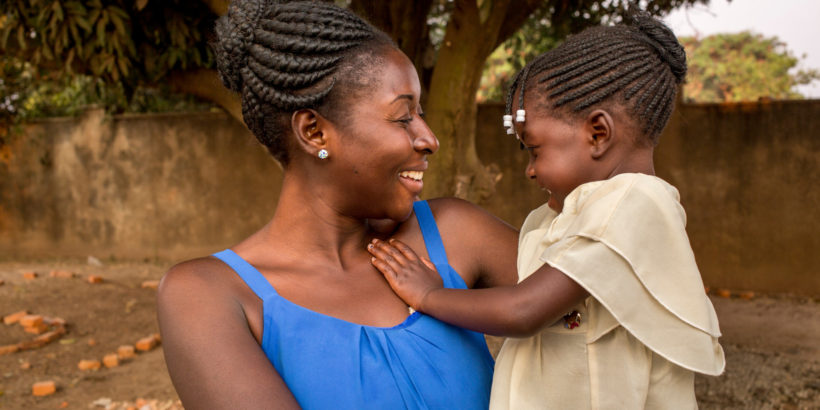Typhoid is a serious and sometimes fatal disease spread through contaminated food and water that causes fever, fatigue, headache, abdominal pain, and diarrhea or constipation. While it used to rampage major cities in the United States and Europe, typhoid fever was largely stamped out in industrialized countries in the 1940s with the advent of antibiotics and improved sanitation. For international travelers, two available typhoid vaccines eliminate most concerns about contracting the disease abroad. However, for millions of people living in low- and middle-income countries, typhoid and related illnesses are still a real and present risk. Typhoid results in more than 7 million cases and more than 93,000 deaths globally each year, mostly among children and young adults in Asia and sub-Saharan Africa. Poor communities are often the most susceptible.
While the battle against typhoid is an ancient one, we currently face a confluence of new factors that elevate the urgency for better prevention and control of typhoid: increasing drug resistance, urbanization, and climate change. These factors have the potential to increase the global burden of typhoid by limiting antibiotic treatment options and making it easier for typhoid to spread through overcrowded populations in cities and inadequate and/or flooded water and sanitation systems.
Fortunately, we already have the knowledge and tools to prevent and treat typhoid. We know that it will take an integrated strategy to counter typhoid. Improvements in water, sanitation, and hygiene are imperative, and so are improved diagnostics and treatment options to ensure people are diagnosed promptly and treated appropriately. Typhoid conjugate vaccines provide safe and effective protection against typhoid.
Through this integrated approach, the #TakeOnTyphoid movement is working across diverse sectors to improve access to solutions that will overcome the threats of increasing drug resistance, urbanization, and effects from climate change to ensure more people are protected against the scourge of typhoid. Join the movement today!
Learn more:
Photo: PATH/Georgina Goodwin



